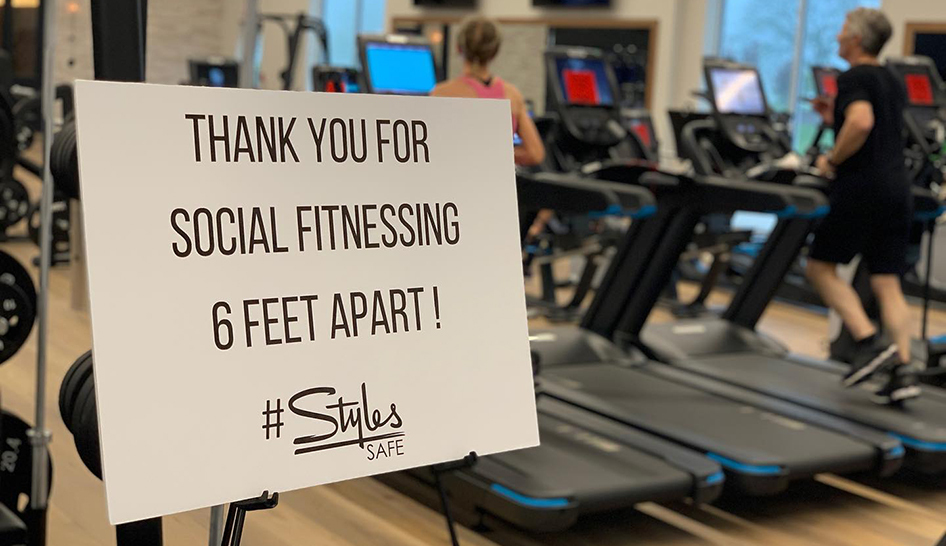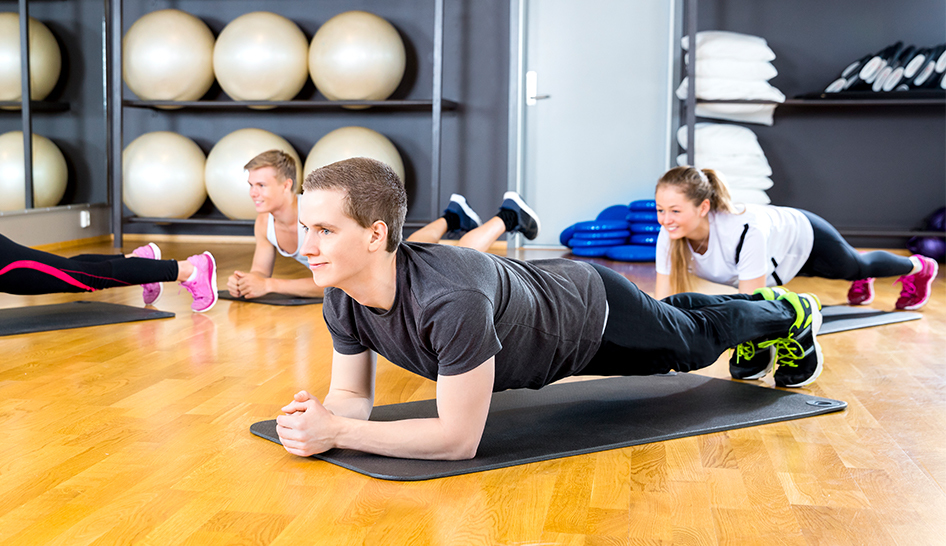Social Distancing in the Fitness Facility
To ensure social distancing is maintained in general fitness areas, many national and regional authorities are limiting the number of people who can be in the facility at a given time. Similar restrictions have been in place for grocery stores and other retail establishments. In addition to limiting density at any one time, clubs are also proposing other means to facilitate social distancing such as signage, floor markings, barriers, and rearranging or removing equipment to achieve 6 foot distance.
While some social distancing restrictions—such as capacity—may ease, it is still important to keep members from congregating at any point—on the fitness floor, at the front desk, in locker rooms or other communal areas, in the pool area, and around group exercise, and to continue to facilitate situations where members can maintain at least 6 feet of distance.
Implementing Social Distancing in Group Exercise & Small Group Training
Social distancing in group exercise includes restricting class sizes in order to ensure that there is at least 6 feet separation between members, depending on regional or national recommendations—some regions will require a greater distance than 6 feet, and distance may depend on the presence or absence of masks. Clubs can also cap classes at a certain set number based on room size, and allow access on a first-come, first-served basis or by reservation. Consider marking spots on the floor for equipment placement that reinforces 6 feet separation between members.
It is also important to take measures to avoid congregating before, during, and after class. This can include marking the floor or posting signage so members line up at a distance, and spacing out access to equipment needed for class.
Continue communicating to instructors the importance of following and enforcing social distancing guidelines. No high fives, no postural adjustments, no walking the room. A social distancing strategy goes hand in hand (at arm’s length) with a good cleaning strategy. Instructors should announce distancing guidelines at the beginning of class, while reminding members to wipe down equipment before and after use and to wash hands before and after class. Clubs may require members to bring their own mats or towels in the earlier phases of reopening.


